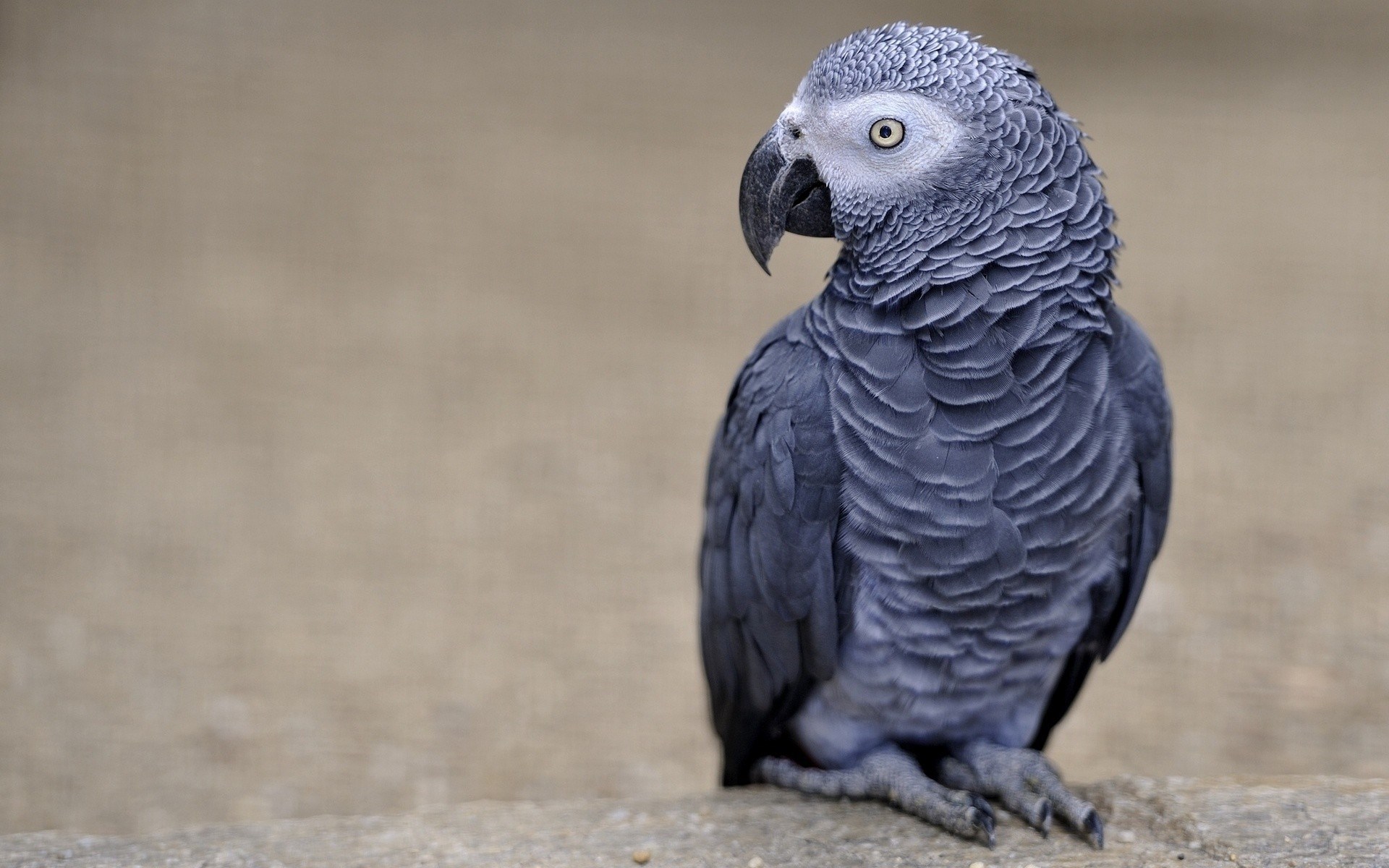
Psittacus erithacus
SUBFAMILY
Psittacinae
TAXONOMY
Psittacus erithacus Linnaeus, 1758, Ghana. Two subspecies.
OTHER COMMON NAMES
English: African gray parrot; French: Perroquet jaco; German:
Graupapagei; Spanish: Loro Yaco.
PHYSICAL CHARACTERISTICS
13 in (33 cm); 08–0.81 lb (402–407 g). Stocky, gray bird with
short, red tail.
DISTRIBUTION
P. e. erithacus: Ivory Coast east to Congo River basin. P. e. timneh:
Sierra Leone to Ivory Coast.
HABITAT
Lowlands and foothills. Primarily moist evergreen forest and
tall secondary growth, but commonly visits gallery woodland,
mangroves, plantations, and gardens.
BEHAVIOR
Sedentary, but local numbers influenced by food availability.
Noisy and highly conspicuous at communal nighttime roosts,
where they gather in large numbers; pairs or small groups leave
roost at sunrise, flying high above treetops and calling loudly;
feeds in canopy during morning and afternoon, resting at midday,
but wary and difficult to approach; return flights to roost
may continue after nightfall; daily flights follow regular routes.
FEEDING ECOLOGY AND DIET
Feeds arboreally, taking seeds, nuts, fruits, and berries; favors
pulp of fruits from cultivated oil palms (Elaeis guineensis); reports
of damage to maize crops unconfirmed.
REPRODUCTIVE BIOLOGY
Monogamous. Breeding season varies geographically from November
to April in West Africa to between July and December
in Congo River basin and June–July in East Africa. Nest in
tree hollow high above ground; clutch of two or three, rarely
four, eggs incubated by female; incubation periods of 21 and
30 days recorded in captivity, and young birds left nest nearly
10 weeks after hatching.
CONSERVATION STATUS
Generally common and locally abundant, but deforestation and
capture for live-bird trade have caused dramatic declines in
some districts, notably in Sierra Leone and Ghana. Listed on
CITES Appendix II.
SIGNIFICANCE TO HUMANS
Very popular cage bird with reputation as best “talker;” second
most heavily traded parrot species in 1980s, when average annual
exports exceeded 47,000 birds.
Other popular Animals
Photo Gallery of - Gray parrot
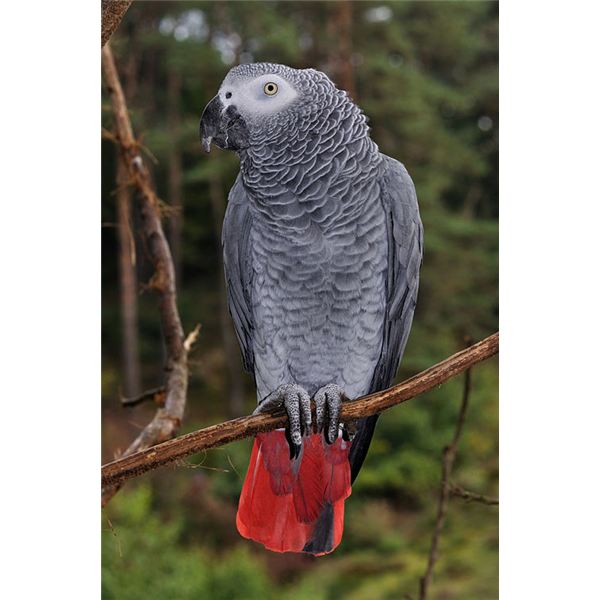
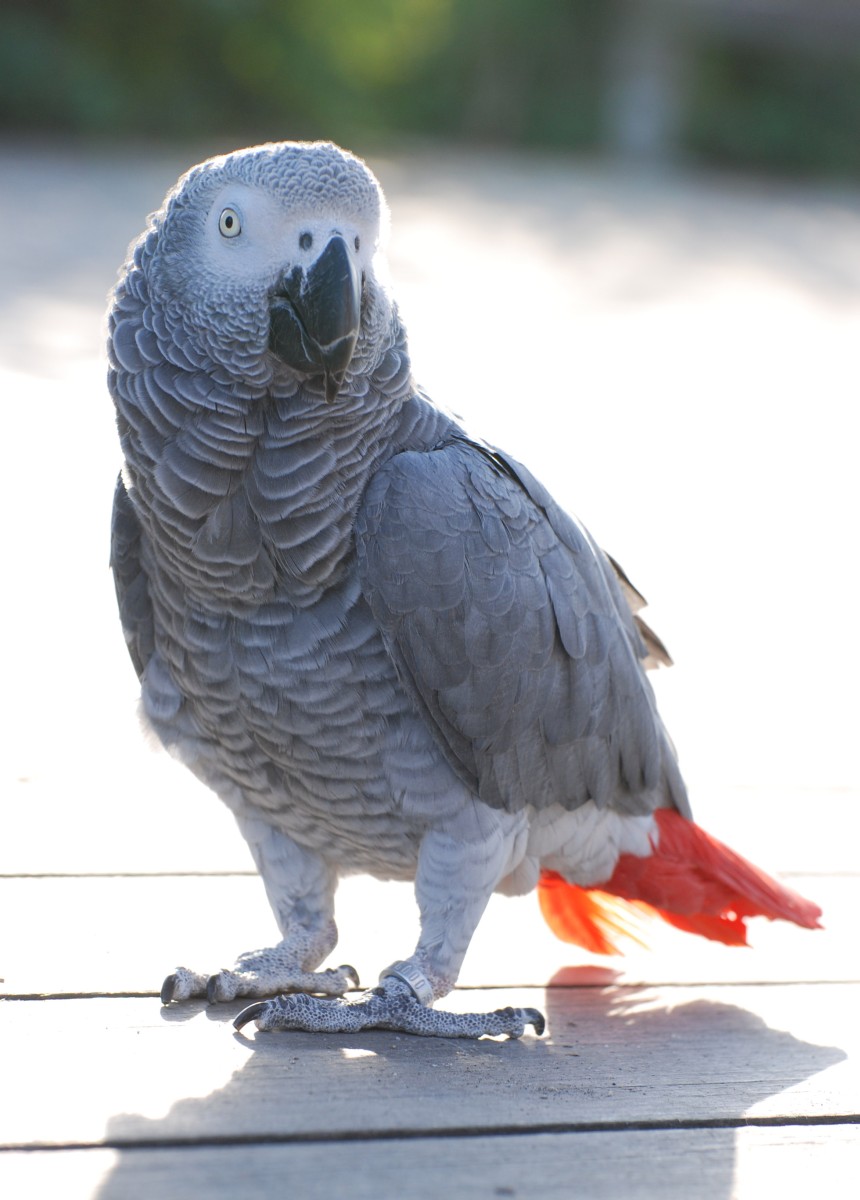
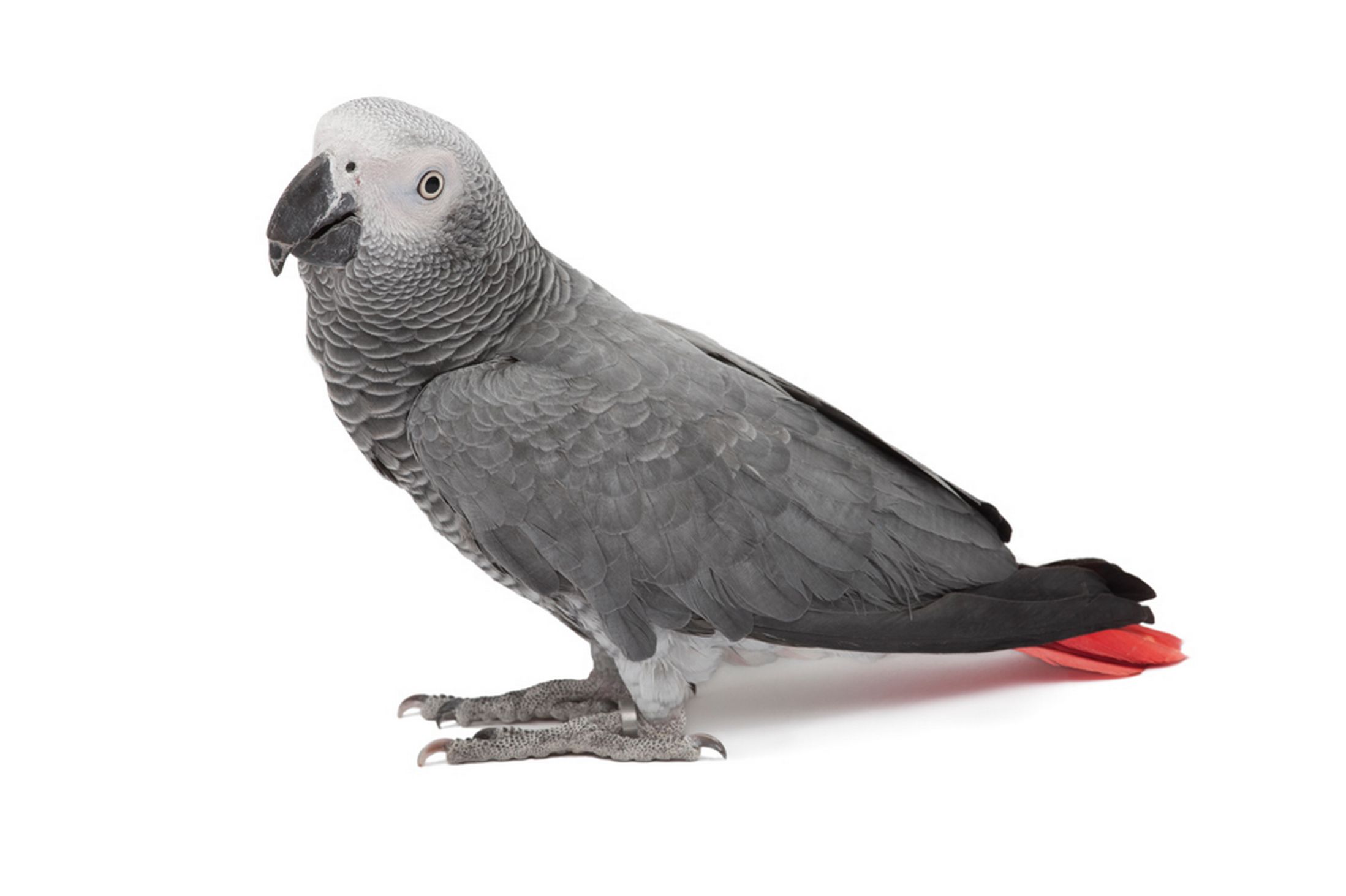
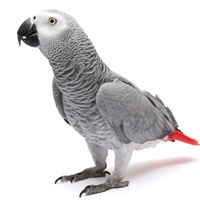
 Animalia Life
Animalia Life